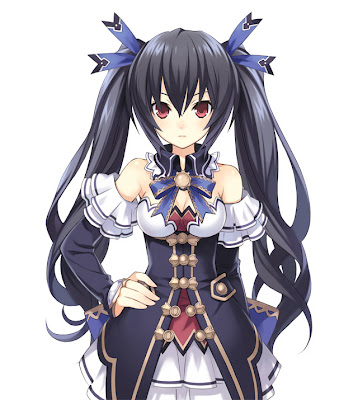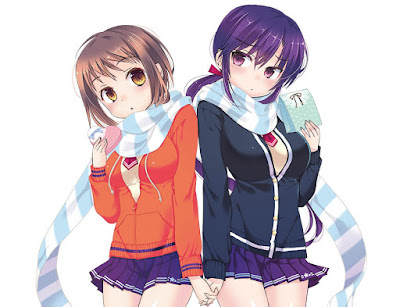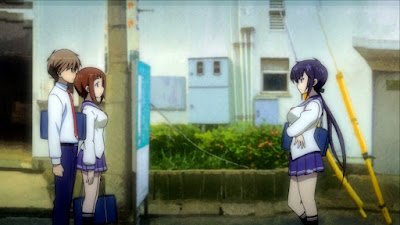Making a Great Villain
In the medium of video games, anime, and manga, a strong protagonist and supporting cast of characters shape and transform a story into something memorable. How they interact with each other and the world around them creates a sense of strong connectivity with the audience. What is sometimes forgotten in a great story is creating a great villain character that galvanizes the audience and adds tension, fear, and dread to the events in the storyline. There are many kinds of villains, and making a memorable one can increase the immersion of the audience in the story. I will explore what makes a great villain, the different types of villains, and great examples of villains in anime, manga, and video games.
There are many important elements when it comes to creating a great villain that the audience remembers long after the experience ends. The most important element of creating a great villain is making one that is relevant to the overall storyline and narrative. Within the medium of anime, manga, and anime there are countless examples of villains who are not relevant to the overall storyline, and thus are not easily remembered by the audience. Making a villain relevant is to have a villain be a part of the overall theme of the storyline. If there is a theme about challenging destiny or about the birthright of humanity, a great villain will be a part of the storyline that challenges the viewpoint of the protagonist. A second element of creating a great villain is that they are better than the protagonist. The villain needs to be smarter, stronger, and more charismatic because it turns the lead character into an underdog who is defying the odds. If a villain is not better than the protagonist is, they are not intimidating to the protagonist and the audience. The third element is that a villain has a level of uncertainty and unpredictability. If the audience expects the villain to do X, Y, and Z and the villain does X, Y, and Z, then the audience will not be shocked and surprised by a villain. If the audience cannot predict the villain’s moves and ulterior motives, then the original writer has succeeded. The fourth element is creating a villain that is quotable and has meaningful and important dialog within the storyline. There are many other elements in creating a great villain, but these four core elements will create a villain that is memorable to the audience.
When analyzing the types of villains, there are great varieties of villains that are used in the storyline. The Mastermind is a villain who has everything planned out and they are manipulating the story behind the scenes to push a grander agenda, great examples of this type are LeLouch from Code Geass and Light from Death Note. A Sympathetic Villain is a villain who became a villain due to outside circumstances. If life worked a little differently toward them, they would have likely not become a villain. Great examples of this type of villain are Enishi from Rurouni Kenshin, Selvaria Bles from Valkyria Chronicles, and Mikagi from Ceres: The Celestial Legend. A typical fan favorite villain is The Psycho, a villain who is missing a couple of screws a great example of that is Kefka from Final Fantasy VI and Albedo from Xenosaga. Evil Leader is a villain in a position of prestige and power and they use their position to enact great misdeeds and evil. Examples of this type of villain are Gandorf from the Legend of Zelda franchise, Emperor Charles in Code Geass, Emperor Gestahl in Final Fantasy VI, Rufus Shinra in Final Fantasy VII, and Admiral Galcian in Skies of Arcadia. By definition, villains are not heroes, but not all villains are Anti-Heroes. An anti-hero is a character in a storyline that challenges the traditionally accepted roles of hero’s examples of that is L in Death Note and Kikyo from Inuyasha. The last type of villain is the Well-intentioned extremist who is trying to fight to stop wrongs or to change the world, but they oppose the protagonists. Examples of the well-intentioned extremists are Van Grants in Tales of the Abyss, Fate Averruncus from Negima, and Dr. Kabapu from Excel Saga.
A great villain leaves an indelible mark on the storyline. By virtue of being there, they enhance the narrative of the storyline by being an obstacle for the characters and challenging them. If a villain is great, it leaves an impact on the viewer long past the end of the series. Whether you like the villain or hate them, they are there to move the story forward and leave an impact on the viewer.
Great Examples of Villains:
Lelouch Vi Britannia (Code Geass)
Gendo Ikari (Neon Genesis Evangelion)
Yuno Gasai (Future Diary)
Naraku (Inuyasha)
Dahlia Hawthorne (Ace Attorney 3: Trials and Tribulations)
Selvaria Bles (Valkyria Chronicles)












Comments